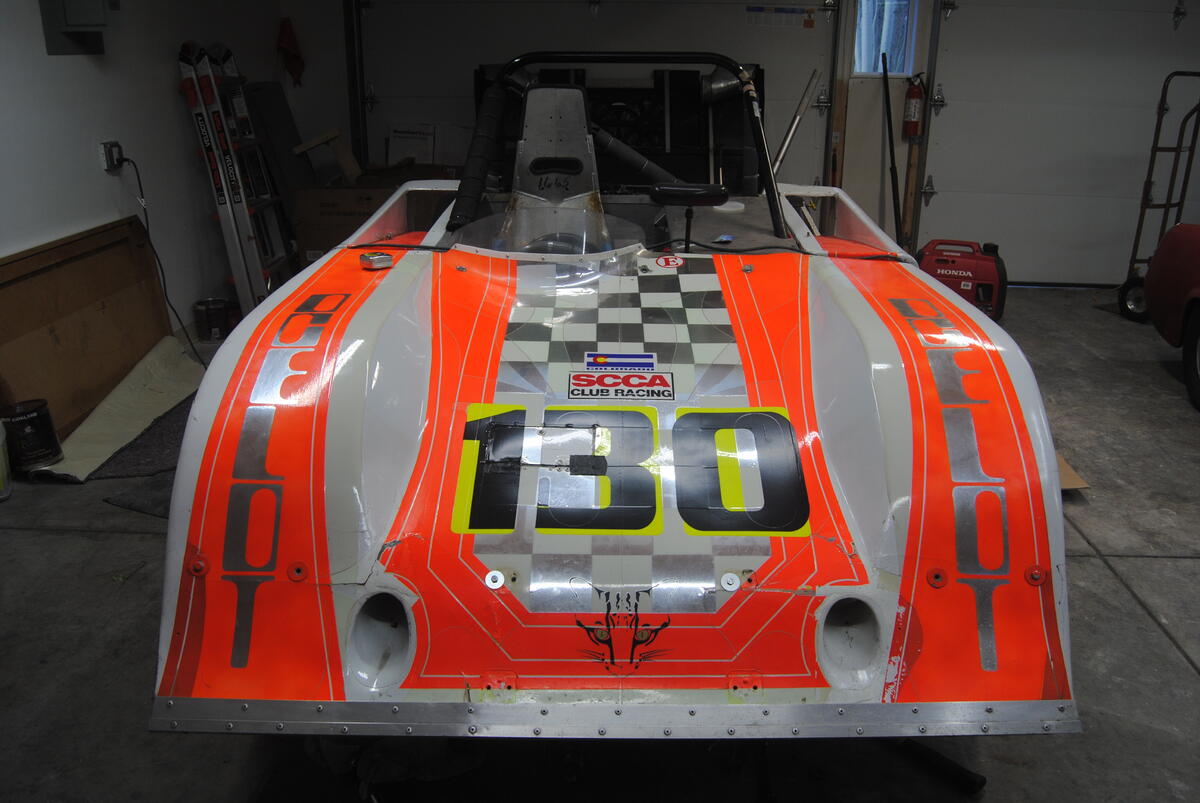Got the Ocelot on the track for the first time in probably 15 years only to have it cut short by severe braking vibration. The body has 3" holes for brake cooling ducts. but did not have any ducting when I bought the car. We found the rotors warped so have fixed that and will try again this week. The front upright set is rather standard Spitfire type an the flat plate rotors are both drilled and slotted. So the questions are, first, where would I fasten a bracket to hold the brake cooling duct, the only logical place to me is either the top or bottom of the steering arm? Second, Since it has to be disconnected every time the front body half is removed is there some sort of quick disconnect system? Last, how do modern cars cool the brakes, SRF cars don;t appear to have any ventilation openings?
Hopefully my pictures get attached. Body photo is from when purchased, cleaned up a bit now.





 Reply With Quote
Reply With Quote







